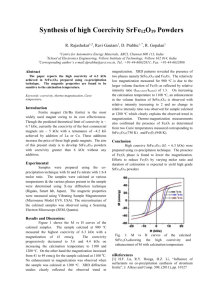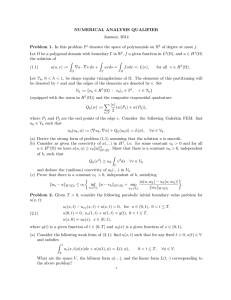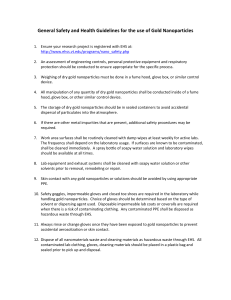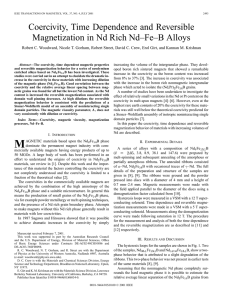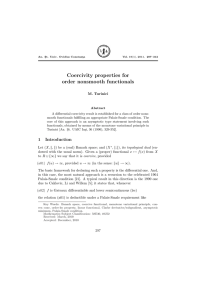Room Temperature High coercivity CoFe2O4 nanoparticles
advertisement
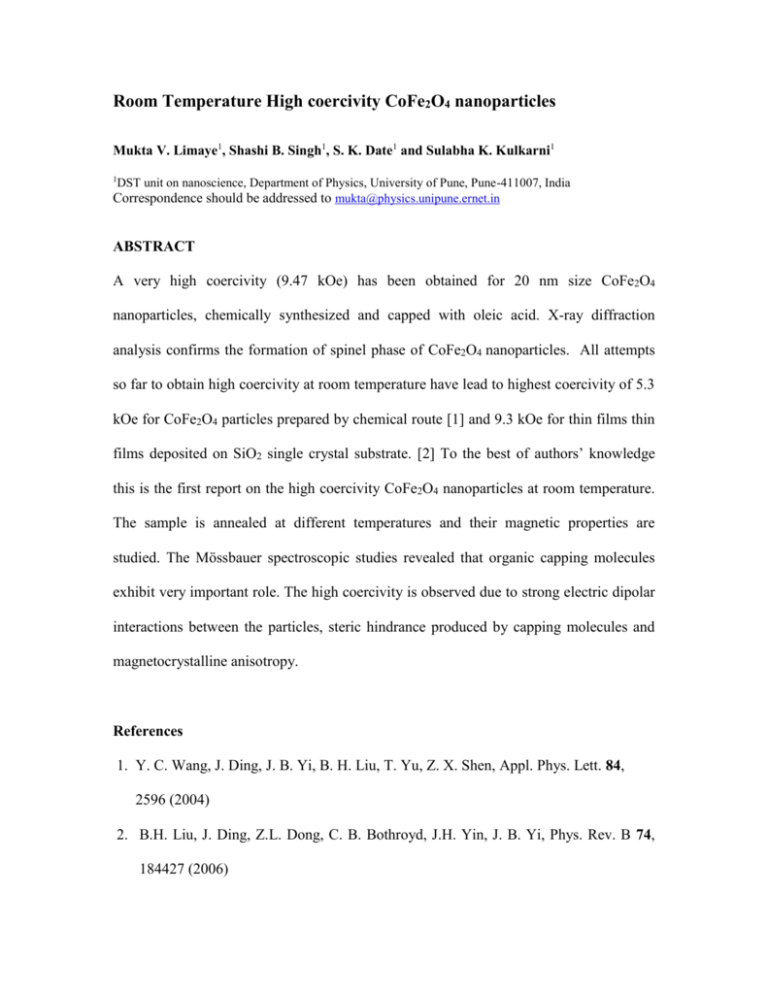
Room Temperature High coercivity CoFe2O4 nanoparticles Mukta V. Limaye1, Shashi B. Singh1, S. K. Date1 and Sulabha K. Kulkarni1 1 DST unit on nanoscience, Department of Physics, University of Pune, Pune-411007, India Correspondence should be addressed to mukta@physics.unipune.ernet.in ABSTRACT A very high coercivity (9.47 kOe) has been obtained for 20 nm size CoFe2O4 nanoparticles, chemically synthesized and capped with oleic acid. X-ray diffraction analysis confirms the formation of spinel phase of CoFe2O4 nanoparticles. All attempts so far to obtain high coercivity at room temperature have lead to highest coercivity of 5.3 kOe for CoFe2O4 particles prepared by chemical route [1] and 9.3 kOe for thin films thin films deposited on SiO2 single crystal substrate. [2] To the best of authors’ knowledge this is the first report on the high coercivity CoFe2O4 nanoparticles at room temperature. The sample is annealed at different temperatures and their magnetic properties are studied. The Mössbauer spectroscopic studies revealed that organic capping molecules exhibit very important role. The high coercivity is observed due to strong electric dipolar interactions between the particles, steric hindrance produced by capping molecules and magnetocrystalline anisotropy. References 1. Y. C. Wang, J. Ding, J. B. Yi, B. H. Liu, T. Yu, Z. X. Shen, Appl. Phys. Lett. 84, 2596 (2004) 2. B.H. Liu, J. Ding, Z.L. Dong, C. B. Bothroyd, J.H. Yin, J. B. Yi, Phys. Rev. B 74, 184427 (2006)
